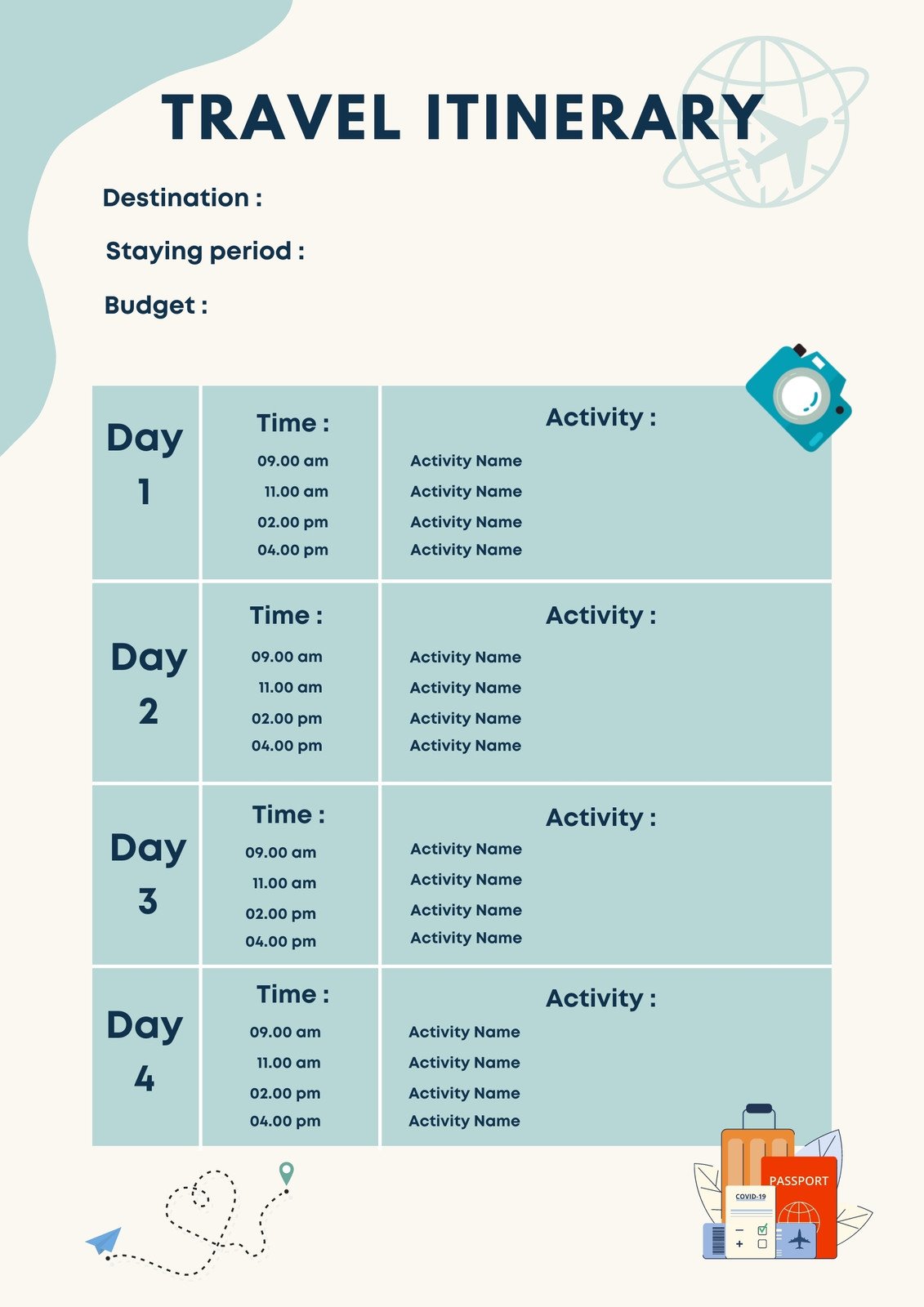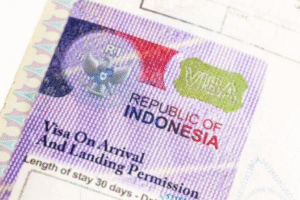Traveling is one of the most exciting ways to explore the world, but without a clear plan, it can quickly become chaotic. That’s where a well-structured itinerary comes in. An itinerary is more than just a list of places to visit—it’s a detailed guide that outlines your travel plans, including destinations, activities, transportation, and accommodations. Whether you’re planning a short weekend getaway or a month-long adventure, creating an effective itinerary ensures a smooth and enjoyable journey. In this article, we’ll walk through the essential steps to crafting the perfect travel itinerary.
Step 1: Define Your Travel Goals
The first and most crucial step in creating an itinerary is to clearly define your travel goals. Ask yourself: What do you want to achieve during your trip? Are you looking to immerse yourself in local culture, enjoy breathtaking natural landscapes, savor regional cuisine, or simply relax and unwind? Understanding your objectives will help you tailor your itinerary to suit your interests.
For example, if your goal is to experience the local culture, you might prioritize visiting historical sites, attending cultural festivals, or participating in traditional workshops. On the other hand, if your focus is on nature, you could plan hikes, wildlife safaris, or beach excursions. Once you have a clear vision, you can start listing the specific activities and places you want to include in your itinerary.
Step 2: Research Your Destination
Once you have a general idea of what you want from your trip, the next step is to conduct thorough research on your destination. This includes gathering information about popular attractions, local cuisine, transportation options, and accommodation choices. You can use various resources such as travel blogs, official tourism websites, and reviews from fellow travelers to get a comprehensive understanding of the area.
It’s also important to consider the logistics of your trip. For instance, if your destination has limited public transportation, you may need to plan for rental cars or private transfers. Additionally, researching the local weather patterns can help you pack appropriately and avoid unexpected disruptions. By doing your homework, you’ll be better prepared to navigate your destination and make the most of your time there.
Step 3: Create a Daily Schedule
With all the information gathered, the next step is to create a daily schedule that outlines your planned activities. This should include the time allocated for each activity, as well as breaks to rest and recharge. A well-balanced itinerary avoids overwhelming you with too many tasks in a single day, allowing you to fully enjoy each experience.
Flexibility is key when creating your schedule. While it’s good to have a rough outline, unexpected events—such as bad weather or spontaneous discoveries—can change your plans. Therefore, it’s wise to leave some buffer time in your itinerary to accommodate these surprises. This flexibility not only reduces stress but also allows you to take advantage of new opportunities that may arise during your travels.
Step 4: Include Essential Details
An effective itinerary must include all the necessary details to ensure a seamless experience. This includes addresses, phone numbers, and operating hours for every place you plan to visit. Having this information at your fingertips helps you avoid confusion and navigate unfamiliar areas with ease.
If you’ve made any reservations, such as for hotels, restaurants, or entry tickets to attractions, be sure to document them clearly. It’s also a good idea to keep digital copies of these confirmations on your phone or tablet, so you can access them even without an internet connection. Printing a physical copy of your itinerary can also be helpful, especially in areas with limited connectivity.
Conclusion: The Importance of a Well-Planned Itinerary
In conclusion, a well-crafted itinerary is an invaluable tool for any traveler. It not only helps you maximize your time but also ensures that your journey is organized, stress-free, and memorable. By defining your goals, conducting thorough research, creating a flexible schedule, and including essential details, you can create an itinerary that enhances your travel experience.
Whether you’re exploring a bustling city or a serene countryside, a thoughtful itinerary allows you to focus on enjoying the journey rather than worrying about the logistics. So, take the time to plan your next trip carefully—you’ll be rewarded with a more fulfilling and enjoyable travel experience.










